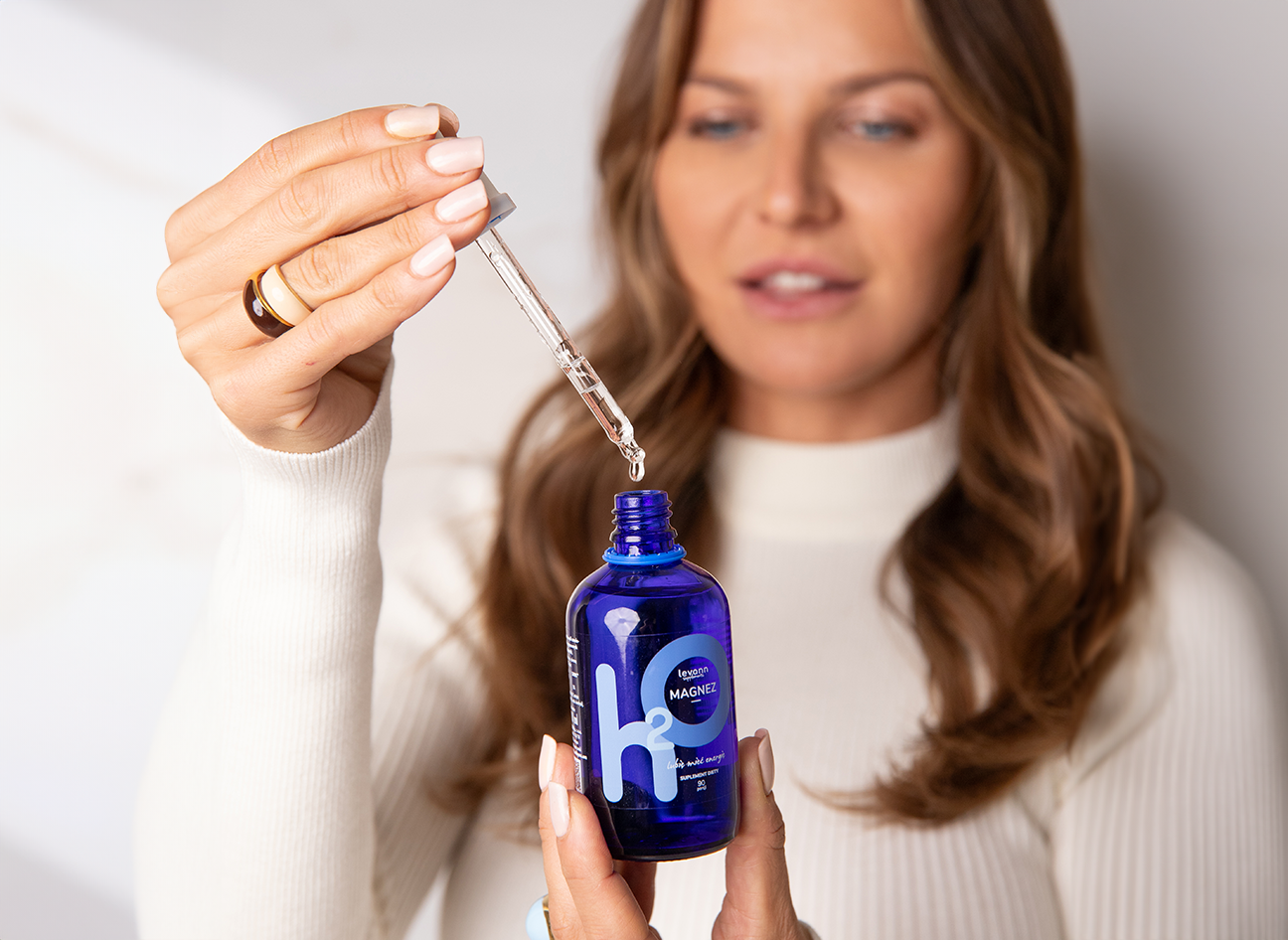
Levann H2O Magnesium
- Take care of your health with Levann “jA” Magnesium! Unique formula combining up to 4 magnesium salts for maximum effectiveness and bioavailability. Without unnecessary additives, colors and preservatives - only what you really need.
Safe, effective supplementation
In the interest of your safety, all our supplements are tested by independent laboratories for microbiological purity and for heavy metals. Below you will find the tests for the indicated product batches. Learn more »
Heavy metals: 30.08.2026 Microbiology: 30.08.2026Heavy metals: 11.2026 Microbiology: 11.2026
Heavy metals: 06.2027 Microbiology: 06.2027
For how long?
With regular intake, one package of the supplement lasts for 3 months and contains 90 servings.
How much and when?
Consume before a meal, dissolved in 200 ml of water. The recommended daily intake is 3 pump presses. Consume with water, not directly.
H2O Line
Taking care of yourself is easier than you think. Thanks to the easy application of the supplement to your morning glass of water, it provides convenient support for the whole family while staying hydrated. The droplet form and the option to consume the supplement in liquid form make life much easier for those who dislike swallowing pills or find it challenging.
For whom?
The supplement is intended for individuals who want to take care, among other things, of energy support, the nervous system, psychological functions, as well as healthy bones, teeth, and muscles. While a balanced diet should cover the magnesium needs to a large extent, its deficiency is quite common in the body. Rich sources of magnesium include fish, cheeses, eggs, nuts, cocoa, and everyone's beloved chocolate. Individuals engaging in sports, mental work, and exposed to stress have higher magnesium requirements.
What distinguishes Levann Supplements H2O Magnesium?
The dietary supplement in droplet form contains a combination of 4 magnesium salts (organic and inorganic), and what sets it apart on the market is the absence of unnecessary additives, dyes, and preservatives. It is vegan.
Magnesium is a component that plays a significant role in maintaining health. Close to 60% of the total magnesium content in the body is located in the skeleton, helping to maintain healthy bones and teeth. Magnesium is essential for the proper conduction of nerve impulses*, influencing the efficiency of neurotransmission. It also helps maintain electrolyte balance*, regulating the function of the heart, nervous system, and muscles. However, these are not the only properties of magnesium. It regulates energy metabolism*, having a real impact on reducing feelings of fatigue and tiredness, especially if increasing energy levels is crucial in everyday life.
Magnesium contributes to the reduction of tiredness and fatigue, helps maintain electrolyte balance, contributes to the maintenance of normal energy metabolism, helps in the normal functioning of the nervous system, helps in the normal functioning of muscles, helps in the normal synthesis of protein, helps in the maintenance of normal psychological functions, helps in the maintenance of healthy bones, helps in the maintenance of healthy teeth, plays a role in the process of cell division.
Good to know:
Taking magnesium should be combined with vitamin D3 supplementation. Why?
- Magnesium and vitamin D3 have synergistic effects,
- Magnesium regulates the activity of key enzymes in the synthesis and metabolism of vitamin D3 in the liver and kidneys,
- Magnesium is essential for the binding of vitamin D3 to the cell receptor,
- Magnesium deactivates excess vitamin D3,
- Magnesium regulates the level of parathyroid hormone, a hormone that releases calcium from bones, allowing more calcium to remain in the bones,
- The active form of vitamin D3 increases the absorption of magnesium from the digestive tract.
Magnesium and vitamin D3 work perfectly together, and their roles in the body complement each other. They are essential nutrients that support the functions of organs throughout the body. Magnesium activates nearly 300 enzymes*, while the vitamin D3 receptor has versatile effects on many areas of our body. Studies* have shown that magnesium is a key mineral necessary for the activation of vitamin D3 in the liver and kidneys, so ensuring an adequate amount of magnesium provides greater benefits from using vitamin D3.
*Long S, Romani AM. Role of Cellular Magnesium in Human Diseases. Austin J Nutr Food Sci. 2014;2(10):1051.
*Uwitonze AM, Razzaque MS. Role of Magnesium in Vitamin D Activation and Function. J Am Osteopath Assoc. 2018 Mar 1;118(3):181-189.

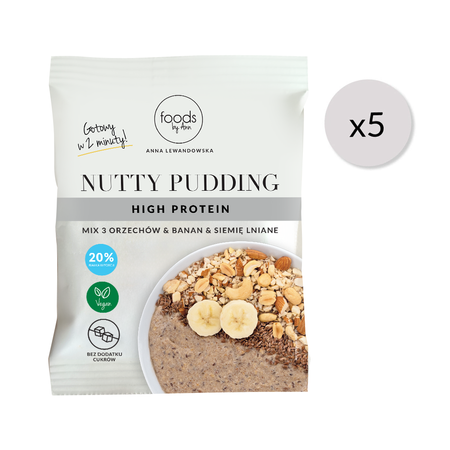
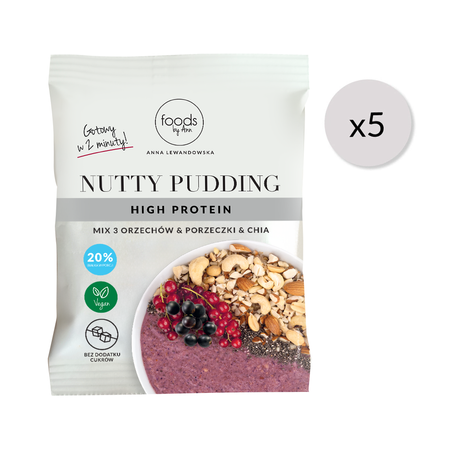
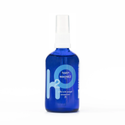

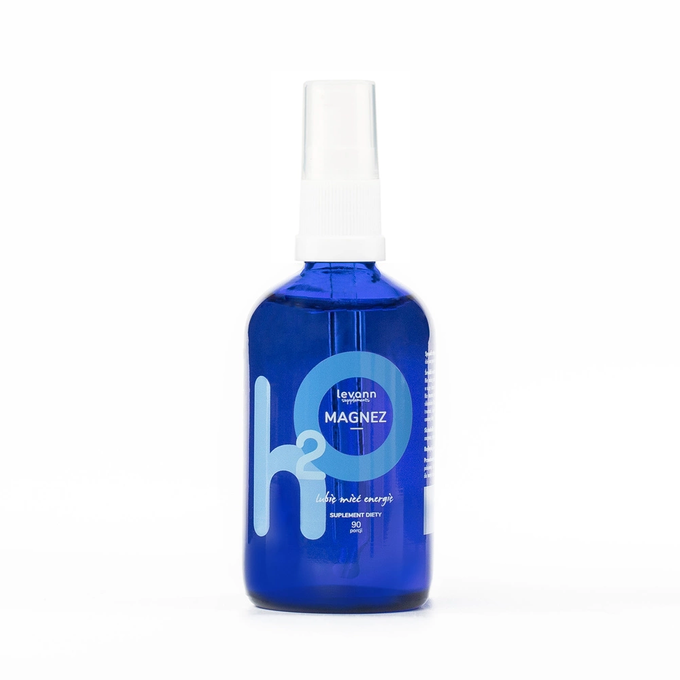

 Diet supplement
Diet supplement Tested for your safety
Tested for your safety



